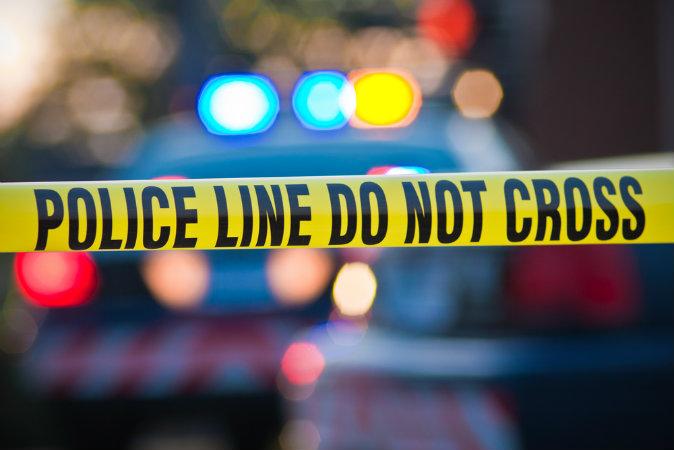More than 250 wrongfully convicted prisoners have been exonerated in the United States on the basis of DNA testing. While DNA testing has ensured justice, other forms of forensic science have landed the innocent in jail, said members of the Innocence Project in a presentation at the USA Science & Engineering Festival in Washington, D.C., on Saturday.
Forensic science has captivated the TV-viewing public for years, but according to Eric Siegel of the NY Hall of Science, the fabric, hair, or other pieces of evidence used in fictional TV show cases should be taken as uncertain indicators of guilt.
For example, say a hair is found at the scene of a crime and, after analysis, it is said to match the hair on a suspect’s head. “What’s the likelihood of it being a wrong match?” asked Siegel. The problem is, he said, no research has been done on the probability of error.
“It’s profoundly not scientific,” he said.
Interrogation techniques have been developed to get confessions—whether the suspect is guilty or not, he said. He showed a video in which a young man confessed to a crime he did not commit, as was later shown by DNA tests. The interrogators asked leading questions, said Siegel, and even their body language worked on the young man psychologically.
The worst offender in forensic science is bite-mark analysis, said Chris Fabricant, attorney and director of strategic litigation for the Innocence Project.
Fabricant declared that it is a case of bad science with serious consequences when forensic dentists state in court that a bite mark on a victim’s body, for example, matches a suspect’s teeth “to the exclusion of everyone else on the planet.” Again, the probability of error in forensic dental analysis has not been researched.
The first case to open the door to such evidence in court was the People v. Marx case in California in 1975. The judge did not view the bite mark evidence as solid science, noted Fabricant, but he left it up to the jury. The jury found the defendant guilty based on this and other evidence. But, over the course of time, bite-mark analysis has been permitted in court and continues to hold up in court based on this case.
Fabricant said that some judges acknowledge that the science has not been proven, though they have still allowed the evidence to be presented. Robert Lee Stinson spent 23 years in prison for a crime he didn’t commit because of bite mark evidence.
The gold standard in forensic science was once eye witness accounts, though the courts have since realized that human memory is not the most solid evidence. For example, Jennifer Thompson admits that when she was asked to pick her rapist out of a group of suspects, she later questioned her initial certainty. Ronald Junior Cotton spent 22 years in prison as an innocent man.
Thompson, shown in a video during the presentation, explained how she was attacked in her home. She awoke to find a man in her bedroom. As he assaulted her, she determinedly studied his features in the hopes of identifying him should she survive the attack. With such concerted efforts, she was still wrong.
She said when she was given several suspects to choose from, there was a sense that one of them had to be the one. When she picked Cotton, the police told her he was the one they most suspected.
Though Cotton spent so long in prison, when he was exonerated he and Thompson became friends.
The 2014 USA Science & Engineering Festival in Washington, D.C., is taking place April 26–27. Epoch Times is a media sponsor of the festival, so expect more great coverage to come!
See more articles on the USA Science & Engineering Festival.
*Image of a police line via Shutterstock





